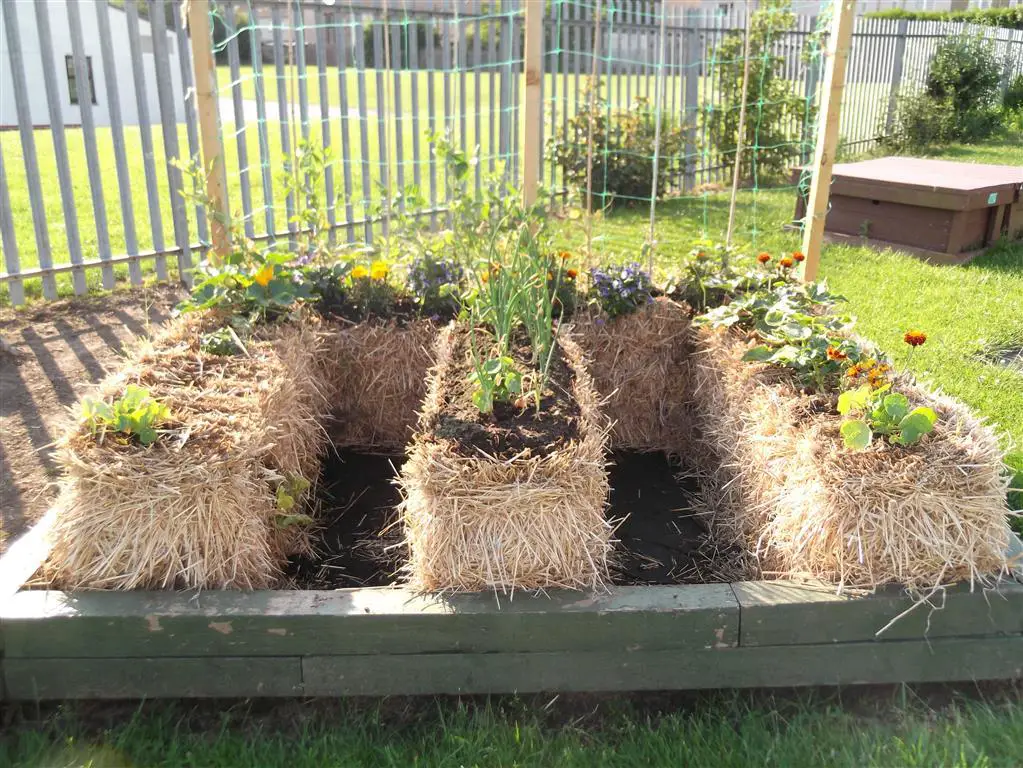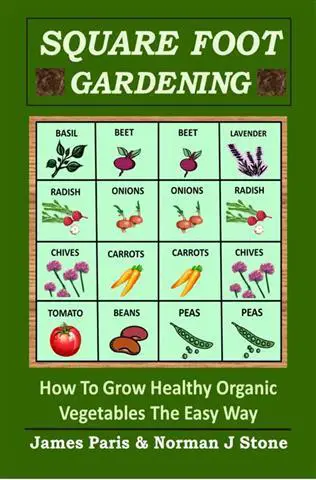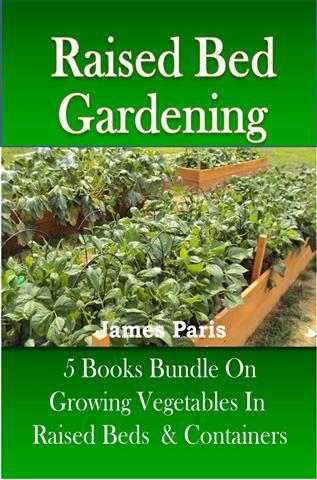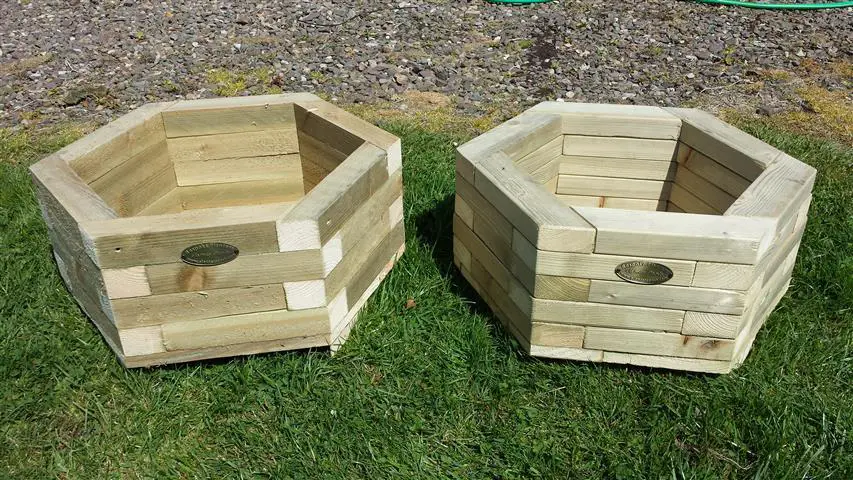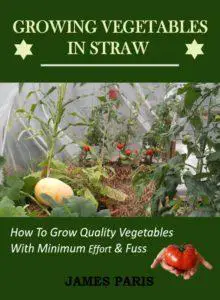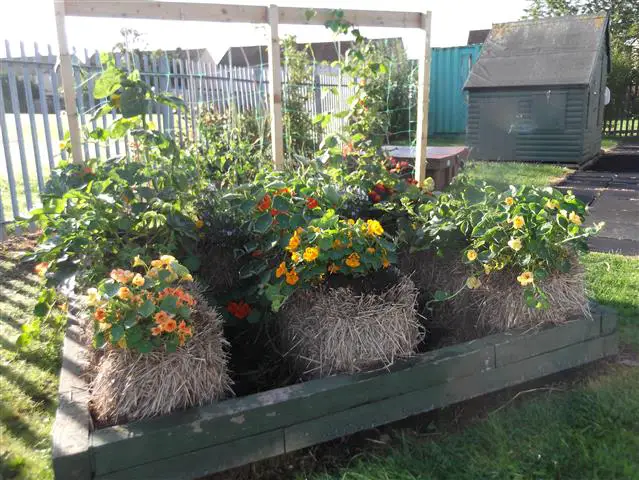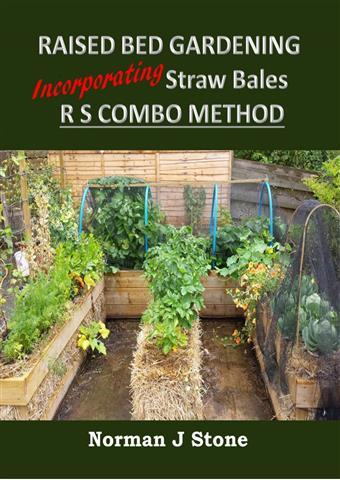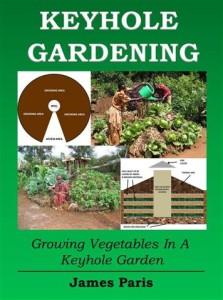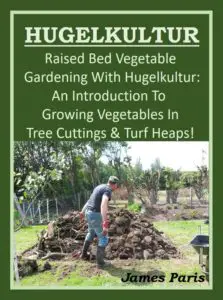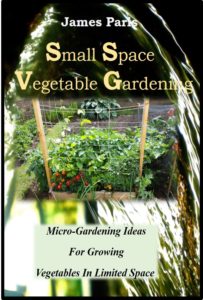Small Garden Techniques and Ideas
With ever more people taking an interest in growing their own vegetables and looking for small vegetable garden ideas as part of a drive towards self-sustainability, or at least a growing desire to take more control of what they consume.
as part of a drive towards self-sustainability, or at least a growing desire to take more control of what they consume.
The interest in how to get more out of the often small spaces available is, unsurprisingly, growing also.
Thankfully there are a number of ways to grow veggies in small spaces and some great ideas for a small garden such as Raised Bed Gardening, Square Foot Gardening and Container Gardening – generally referred to as no-dig gardening owing to the lack of effort needed to grow plants in general, and vegetables such as carrots, parsnips, onions, peas, beans etc in particular.
How To Grow Vegetables In The City
- Find a small space that gets a minimum 8 hours sunshine per day
- Set up a raised bed system such as a square foot garden
- Use a good rich infill mix (not just topsoil) with 1/3rd compost 1/3rd peat and 1/3rd vermiculite
- Use a good organic fertilizer such as comfry tea
- Water regularly and care for your harvest!
This technique is especially important for the numerous city-dwellers who have taken up the idea, and for whome large garden space – or any garden space at all – is virtually non-existent.
S.F.G. Enter the technique of growing veggies in limited spaces!
Square Foot Gardening as with the Raised garden bed is one of the most popular small garden ideas at the moment, as it allows you to truely maximize your growing abilities, by concentrating a number of different plants within the same small area. In the SFG method this area is measured at 4 x 4 feet square. This in turn gives you 16 foot-square areas in which to grow your plants.
Now I’m the first to admit that this does not seem like a large enough growing area to supply the average family; however nothing could be further from the truth, and the fact is that with correct planting this small area is indeed extremely effective at ‘producing the goods.’
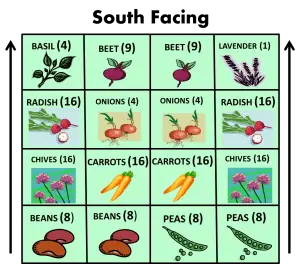
A quick scan of this picture shows the typical layout of a SFG. The trick is to plant your veggies in such a way as to take control of the natural benefits that each plant will offer it’s neighbor in relation to pest control and nutritional benefits.
This is a technique known as Companion Planting, and is extremely effective for growing plants in such concentrations – something that often leads to all sorts of problems in conventional gardening.
In truth SFG is another form of Raised Bed Growing in many ways, apart from the different dimensions involved the real thing that sets them apart is the fact that SFG tends to concentrate more on plant diversity.
This offers a ‘balanced diet’ so to speak when it comes to serving a small family with a good range of selected vegetables.
Grid Gardening on Amazon

Consider A Raised Bed Vegetable Garden:
Another small vegetable garden idea – RBG Techniques are similar in many ways to SFG, indeed many would argue that they are both concepts of the same idea; that is they both grow vegetables in a confined area using ‘special’ growing medium.
In fact the main differences between the two is in the area concerned, the hight of the ‘boxes’ and the principles behind the ideas themselves.
With regard to the growing areas, the typical Raised Bed system is 9 foot by 3 foot. The SFG system is as mentioned earlier 4 x 4 foot, and the average height of a Raised bed is 12-18 inches compared to 6 inches for a SFG.
As for the principles behind them. The Square foot system is mainly about rotational planting allowing the growing of a diverse range of different vegetables; whereby the RBG really concentrates on producing more of the same species in each bed – usually about 2 or 3 different vegetables.
However…it should be obvious to the reader that both these systems are liable to the interpretation of the gardener.
For instance there is nothing to prevent me from growing just one crop in the SFG, and at the same time growing multiple crops in the Raised bed garden. Indeed there is nothing preventing me building a SFG in the same way as a Raised Bed – just with higher sides!
In reality the gardener looking for the best small vegetable garden ideas, must weigh up the different aspects of the two systems, then just go for it 🙂 It’s not rocket science after all.
Provide your plants with the correct amount of nutrients, light and water – and they will grow just fine. Incorporate some Companion Planting ideas and they will grow even better!
See The Book on Amazon
How About Container Gardening?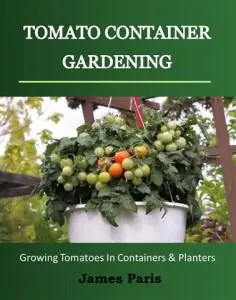
Another aspect of growing vegetables in tiny spaces, is Container Planting, which as small garden ideas go is pretty effective. As the name suggests this is simply taking any available container and planting vegetables suited to the size or make-up of said container.
This means that good healthy vegetables can be grown on your patio or window sill! Many books have been written on the subject of growing vegetables in containers of all shapes and sizes, growing tomatoes in containers being off particular interest it seems.
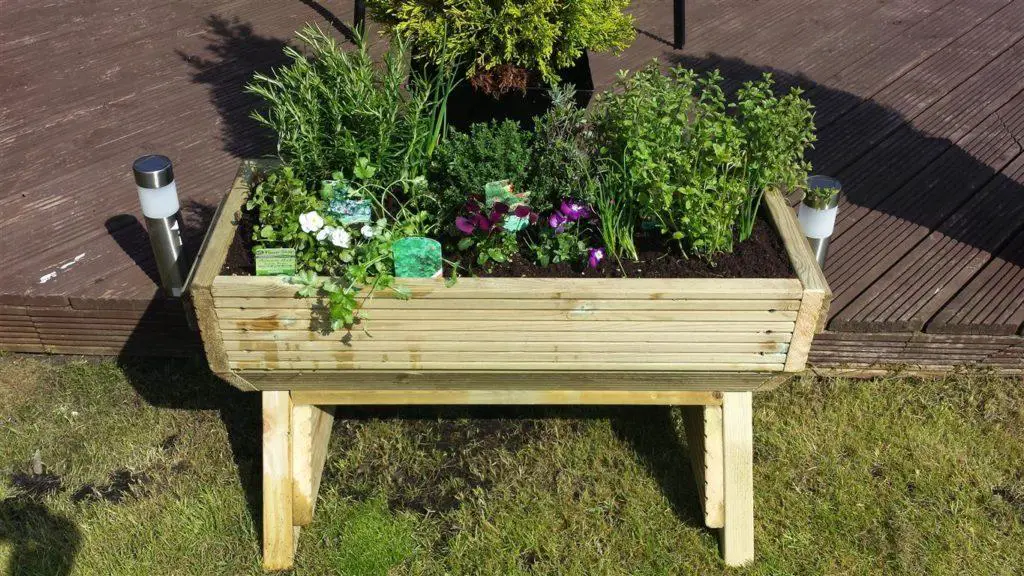
Apart from the obvious advantages of this method for those without any space to consider the other options discussed, the container gardener has the advantage in that the containers can be moved around to take best advantage of the sunlight – an option that is not open to the other systems. (though to be fair the SFG can be portable if built correctly).
Growing Vegetables in Straw Bales:
This is actually another form of container gardening in as much as the planting area is contained within a container – which in this case is a bale of straw. (although it could indeed be a hay bale garden?) Indeed as small vegetable gardening ideas go it is pretty neat.
The advantage with this type of micro-gardening is that it requires very little in the way of compost or fertiliser as it is pretty much self contained.
Simply lay out your bale on a sheet of garden membrane to stop weeds.
Make sure your bale is sitting with the cut side up (on its edge), then soak it through with water which has in turn been infused with a suitable fertilizer to give it a boost – preferably use water from a water-butt or pond if you have one handy 🙂
After about 10 days dig a hole in the straw bale about 6 inches deep and 3-4 inches diameter. Fill with compost and plant your veggies according to their requirements. If support is needed then simply fix a post into the ground at each end and string some wires 6 inches apart to grow climbers. So there you have it – your own small vegegable garden in a straw bale!
Over the course of the growing season the bale will rot down to keep your veggies fed and weed free!
This is a growing trend amongst vegetable growers, as it is a definate contender for the no-dig gardening awards!
Growing Vegetables in an RS Combo:
This great technique combines two of the most popular vegetable gardening techniques amongst the niche gardening ideas out there.
Consisting of a Raised Bed garden to the rear and a combination of 6 straw bales in this example, it offers the vegetable grower all the advantages of these concepts – without the drawbacks inherent in each individual idea.
Promoted in the latest book by Norman J Stone, the RS Combo ™ is a definate winner for those with small garden areas, or those just interested in no-dig gardening techniques.
Keyhole Gardening:
This is a micro-gardening technique that has been promoted and established by UK charity sendacow.org. Used throughout Africa as a means of growing vegetables efficiently in poor soil conditions, and harsh environments. This gardening technique has been taken up by the western world also as it has been recognized a useful way in which to grow vegetables in a very small space.
The idea gets it’s name from the fact that looked at from above, the garden forms the general shape of a keyhole.
This is in fact a part of the overall permaculture system that enables the growing area to be self-fertilizing via a central well that feeds and waters the surrounding soil.
It is a useful way to grow many kinds of vegetables in small spaces, and can be adapted to suit many different growing techniques and situations. Easy to create supporting frames, or to protect against insect or wildlife predation – Keyhole Gardening is definately here to stay and has made a big impression on the niche gardening community.
Hugelkultur Gardening:
Commony referred to as a ‘HugelBed’ this permaculture gardening system uses up rotting timber or fallen trees in order to create a perfect self-irrigating gardening system – ideal for growing veggies or even fruit trees and shrubs. Originally conceived off in the German forests as a way to grow vegetables in otherwise very challenging soil conditions.
The Hugelbed immitates nature by turning rotting timbers mixed with a little soil and ‘greens’ to create a long-lasting nutrient-rich growing area.
Ideal for a small garden, the basic idea is to build a timber mound as in the picture or video. This is covered over with turf and soil mixed with anyother greens available, to form a mound a bit like an ancient barrow!
The resulting HugelBed can last up to 15 years and need very little in the way of maintenance or nutrition, as it produces its own nutrients and water as the underlying timbers slowly rot down.
The timber creates a honeycomb effect as it rots. This in effect traps moisture over a long period of time, meaning that as the bed becomes established (takes a couple of years to be fully functional) then it only needs watering maybe twice a season! This will of course depend on your own environmental conditions.
Check out This Page for the full Hugelkultur story.
Try Out Your Own Small Vegetable Garden Ideas!
There are literally no barriers when it comes to growing your own vegetables, when every space available can be used in some way to grow something! Whether you choose to grow in Raised Beds, Containers, or even bales of straw, there are plenty of options available.
For information on building your own Planters and Raised Beds then check out this page. or click on any of the book images to find out more.
Small Space Vegetable Gardening:
Of course these ideas for growing in limited spaces are not just for town dwellers, they also apply to anyone seeking to grow the maximum amount of vegetables with the minimum effort!
This latest book in our portfolio encompasses the small gardening techniques in the ‘Small garden Ideas’ publication above – and adds a few more!
Covering 8 different ideas for growing in small areas from Raised Beds to Hot beds, this is an ideal book for teachers who want to give their students an introduction to the gardening techniques available – many of which are highlighted above on this page.
Indeed the front picture was taken at my local childrens school where they have a straw bale garden.
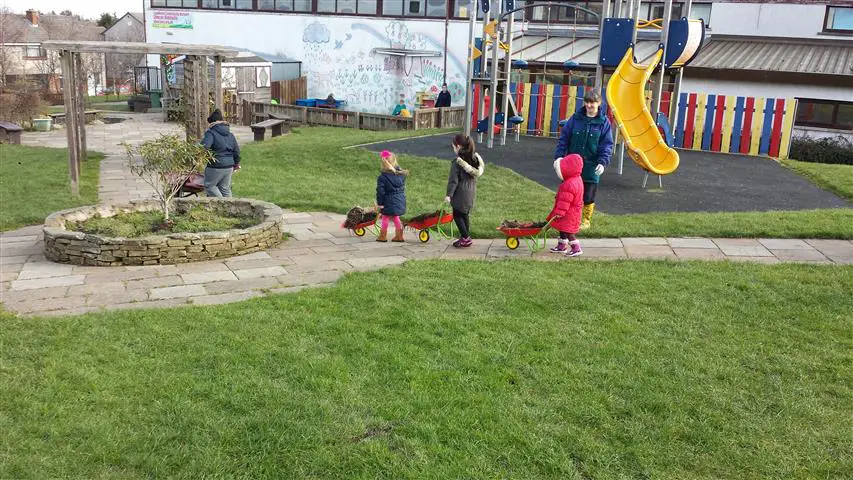
This had reached the end of its life and the kids were now taking it down in their mini-wheelbarrows to the nearby permaculture garden to add to the compost heap.
garden to add to the compost heap.
The children enjoyed this immensely – which just shows that you are never too young (or old) to learn the basics of growing your own vegetables even when space is limited..

